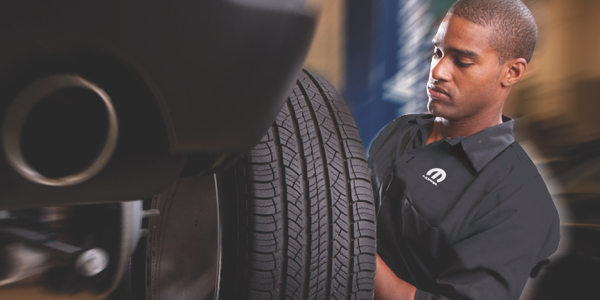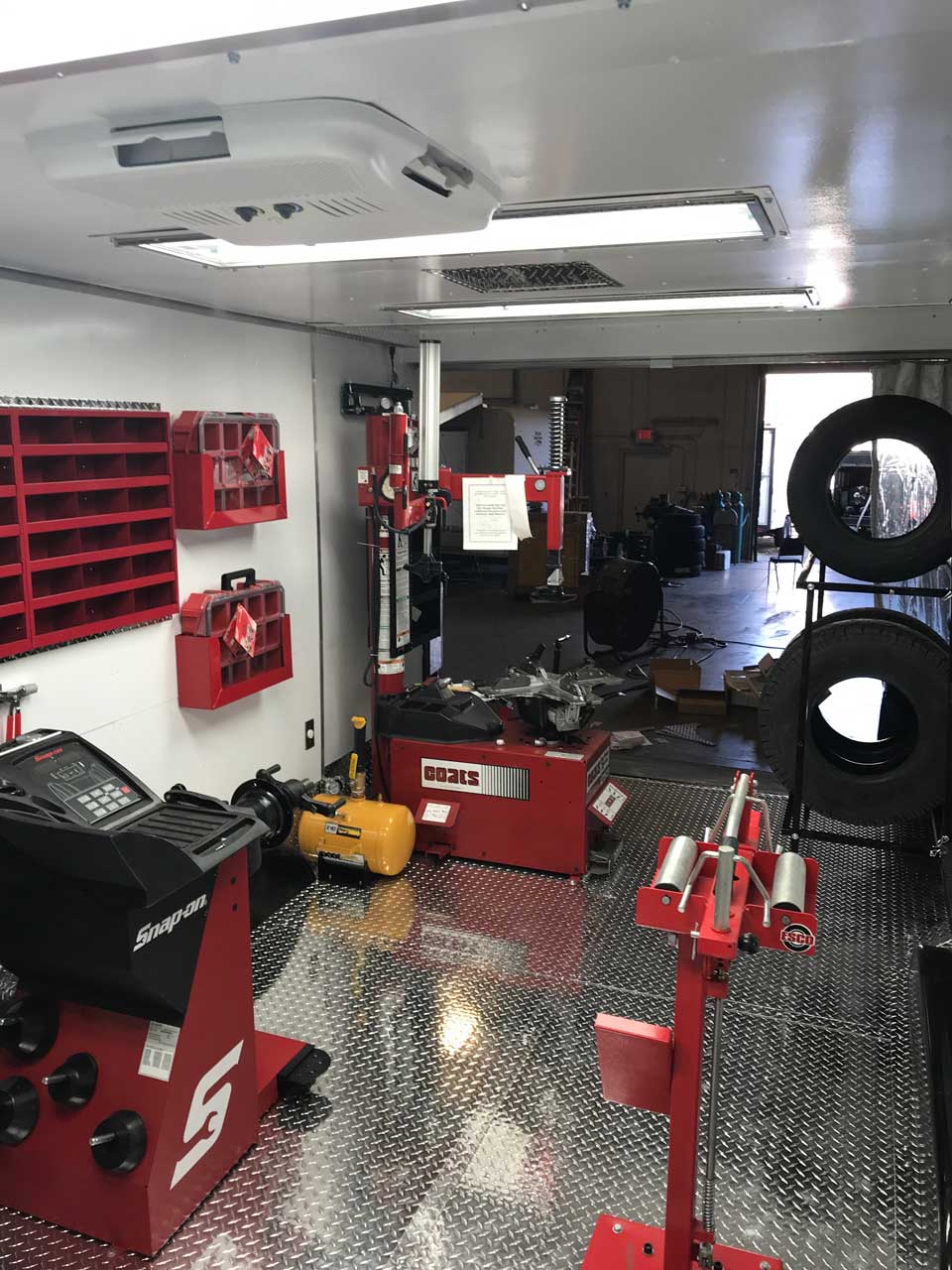Open Efficiency: Professional GMC Tire Service at Morris Tires
Open Efficiency: Professional GMC Tire Service at Morris Tires
Blog Article
Tire Solution: The Influence of Weather Condition Conditions
When it comes to ensuring optimum efficiency and security on the roadway, recognizing the effect of weather problems on tire solution is vital. GMC Tire Service. In this conversation, we will certainly check out the complex relationship between climate problems and tire solution, dropping light on the relevance of weather-specific tire maintenance methods and factors to consider.
Warm and Tire Performance
When revealed to high temperature levels, tires experience changes in efficiency that can dramatically affect car safety and handling. The warmth created from extended driving or warm climate conditions causes the tire rubber to soften, leading to reduced tread life and boosted wear.

Cold Weather Condition Effects
Cold weather condition conditions can have a considerable effect on tire performance and safety. In chilly weather condition, tires might additionally shed air stress more rapidly, which can affect managing and fuel performance.
To alleviate the impacts of cold weather condition on tires, it is crucial to on a regular basis inspect tire stress and inflate them to the supplier's suggested levels. Utilizing winter or all-season tires made for cool weather condition problems can also enhance grip and grasp on icy or snowy roads. Correct tire upkeep, including normal assessments for wear and damage, becomes a lot more crucial throughout colder months to make sure optimal performance and security.
Rainy Issues Effect
Throughout stormy problems, tire efficiency and security can be dramatically influenced by the wet road surface areas and reduced visibility. The walk pattern of tires plays a critical role in preserving grip on wet roads. Tires with worn-out footsteps are much more vulnerable to hydroplaning, where a layer of water develops between the roadway and the tire surface, causing loss of traction. To combat this, chauffeurs should on a regular basis examine their tires for appropriate step deepness and take into consideration investing in tires specifically developed for wet problems.
Furthermore, stormy weather can also lower presence, making it challenging for motorists to see the roadway in advance clearly (GMC Tire Service). In such conditions, it is vital to adjust driving rates as necessary and keep a risk-free complying with distance to allow for abrupt quits. Correctly inflated tires can likewise help in maintaining control on wet roadways by providing better handling and hold
Snow and Tire Security
Snow-covered roadways present distinct difficulties for chauffeurs, stressing the relevance of appropriate tire selection and maintenance. When driving in snowy problems, having the ideal tires can make a considerable difference in security and efficiency. Winter season tires are created with unique rubber substances and walk patterns to give far better traction on snow and ice contrasted to all-season tires. The deeper footsteps and sipes of winter tires help grasp the roadway better, reducing the threat of moving and slipping.

In addition, chauffeurs need to take into consideration installing tire chains in extreme snowy problems. Tire chains supply extra grip by gripping the snow and ice, enhancing security and control. Nonetheless, it is essential to follow manufacturer instructions when installing and utilizing tire chains to avoid damage to the tires and automobile. By picking the appropriate tires, keeping appropriate rising cost of living, and thinking about additional grip help like tire chains, drivers can boost their safety when browsing snow-covered roads.
Weather-Related Tire Maintenance
When faced with various climate problems, appropriate tire maintenance becomes a critical element of car safety and security and performance. Weather-related tire upkeep encompasses a variety of methods aimed at weblink ensuring optimum tire feature and durability in different climate situations. One essential aspect of weather-related tire upkeep is tire stress guideline. Varying temperatures can create tire pressure to differ, affecting grip and see here now fuel performance. Frequently examining and changing tire pressure according to supplier suggestions is crucial for secure driving in altering climate conditions. Furthermore, tire walk deepness plays a substantial duty in taking care of various weather components. Tires with ample walk deepness give better hold on damp or icy roadways, lowering the threat of hydroplaning or skidding. When tread wear reaches a specific deepness is essential for keeping grip and stability in unfavorable weather, evaluating tire tread regularly and changing tires. By focusing on weather-related tire maintenance, drivers can enhance security, improve vehicle efficiency, and lengthen the life expectancy of their tires.
Verdict
In verdict, weather condition problems have a considerable influence on tire efficiency and safety and security. From warmth influencing tire pressure and wear to cool weather minimizing traction, it is vital to take into consideration the weather when preserving and utilizing tires.
In this conversation, we will certainly discover the complex partnership in between climate problems and tire service, shedding light on the relevance of weather-specific tire maintenance practices and considerations.

Report this page